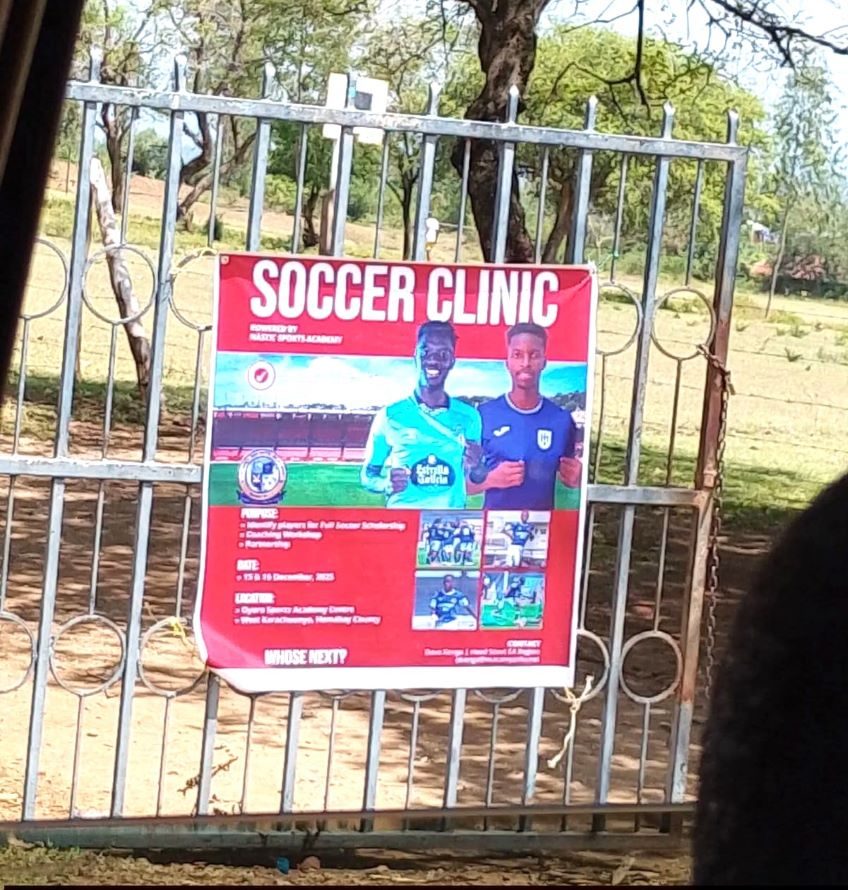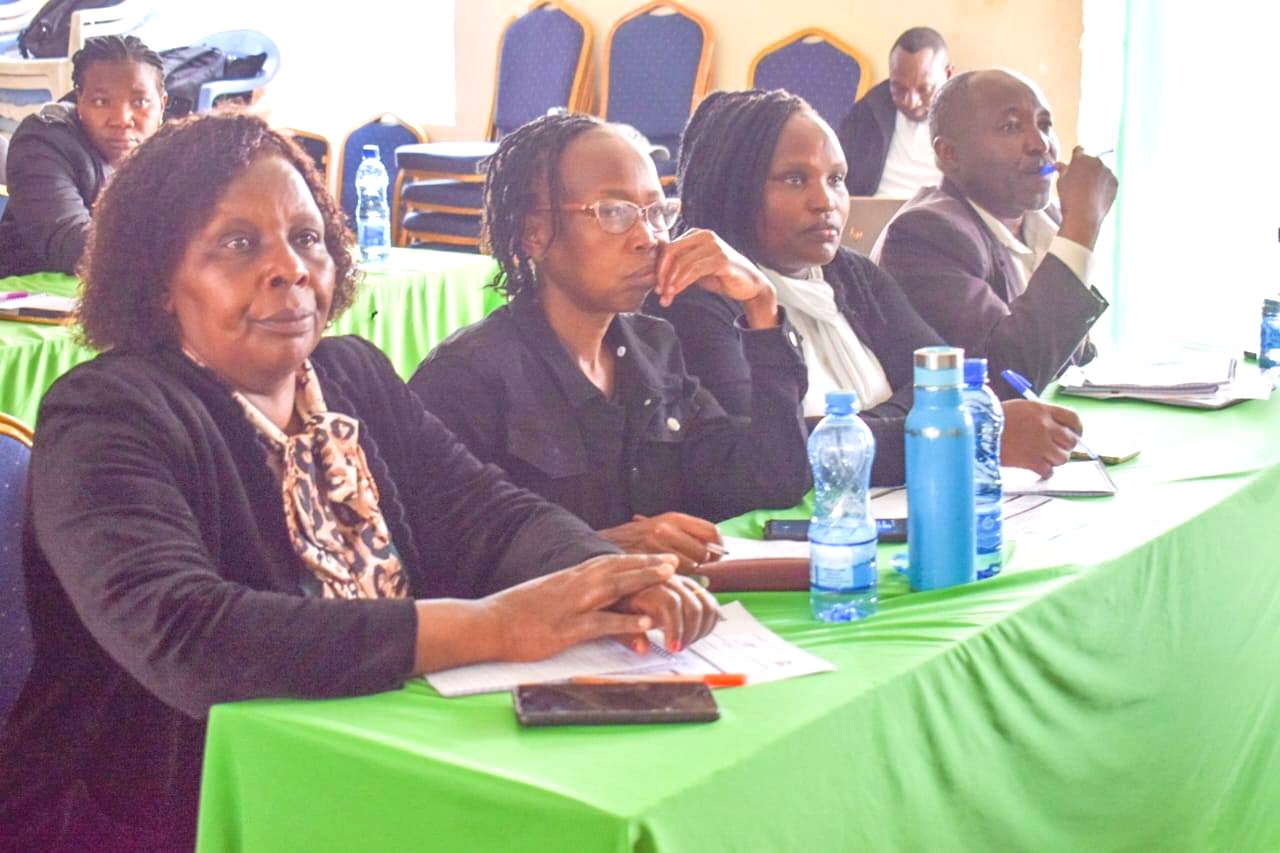Initially, there was the Differentiated Unit Cost (DUC) model, where the government provided financial support to students based on the cost of specific courses. Then came the new one, the Variable Scholarship and Loan Funding (VSLF) model, which Justice Chacha Mwita at the High Court recently ruled unconstitutional and lacked public participation.
Going by the new funding model, university students are to get State funding for their tertiary education based on where they fall in 4 categories. The Presidential Working Party on Education Reform report chaired by Prof Raphael Munavu proposed the categories as Vulnerable, extremely needy, needy and less needy. Then, there was a slight review of the model in the recent past.
The introduction of 5 categories: Band 1-5. Band 1(previously vulnerable), band 2 (previously extremely needy), band 3 (previously needy) and band 4 (previously less needy). Then, there is band 5 (new category).
Chiefs and local pastors are to play an integral role in identifying various categories of students through a system known as the Means Testing Instrument, developed by the Higher Education Loans Board (HELB). Based on the category, a student will get different funding levels through scholarships, loans, and household contributions. To determine a student’s level of need, HELB will use these parameters: parent background, gender and course, school type, expenditure on education, family size and composition, marginalisation, and person living with a disability.
First Funding Formula
Vulnerable students were to get full funding through 82 percent of scholarships from the government and 18 percent of HELB loans. The extremely needy were to get a 70 percent scholarship and a 30 percent HELB loan. Households of students in vulnerable and highly needy categories were not expected to raise any amount. Those in need were to get a 53 percent scholarship and a 40 percent HELB loan. The less needy were to get 38 percent of scholarships, and 55 percent of loans. In that funding formula, households of students falling in the needy and less needy categories were to raise 7 percent of the fee.
READ ALSO: School Games: East Africa hockey , Nyamira Ng’iya Girls
All students who scored C+ (plus) and above were to apply. It is how they would be eligible for scholarship consideration. However, students should take note. In the new funding formula, students who matriculate into private universities will not be eligible for government scholarships. Moreover, for those who are eligible, the government will consider merit, level of need, national priorities and affirmative action when selecting beneficiaries.
Reviewed Funding Formula
All categories (Band 1-5) are eligible for scholarships and HELB loans in the reviewed funding formula. Then, all households will have a certain percentage of fees to raise. Consequently, there will be an Upkeep Boom for each category. Band 1 (previously vulnerable) will get a 70 percent scholarship and 2 percent HELB loan, the household will pay 5 percent, and the upkeep boom will be Sh 60,000. Band 2 (previously extremely needy) will get a 60 percent scholarship and 30 percent HELB loan, the household will pay 10 percent, and the upkeep boom will be Sh 55,000. Band 3 (previously needy) will get a 50 percent scholarship and 30 percent HELB loan, the household will pay 20 percent, and the upkeep boom will be Sh 50,000. Band 4 (previously less needy) will get a 40 percent scholarship and a 30 percent HELB loan, the household will pay 30 percent, and the upkeep boom will be Sh 45,000. Band 5 (new category) will get a 30 percent scholarship and a 30 percent HELB loan, households will pay 40 percent, and the upkeep boom will be Sh 40,000.
By Victor Ochieng’
The writer guides students on how to make informed career choices. vochieng.90@gmail.com. 0704420232
You can also follow our social media pages on Twitter: Education News KE and Facebook: Education News Newspaper for timely updates.
>>> Click here to stay up-to-date with trending regional stories
>>> Click here to read more informed opinions on the country’s education landscape
>>> Click here to stay ahead with the latest national news.






